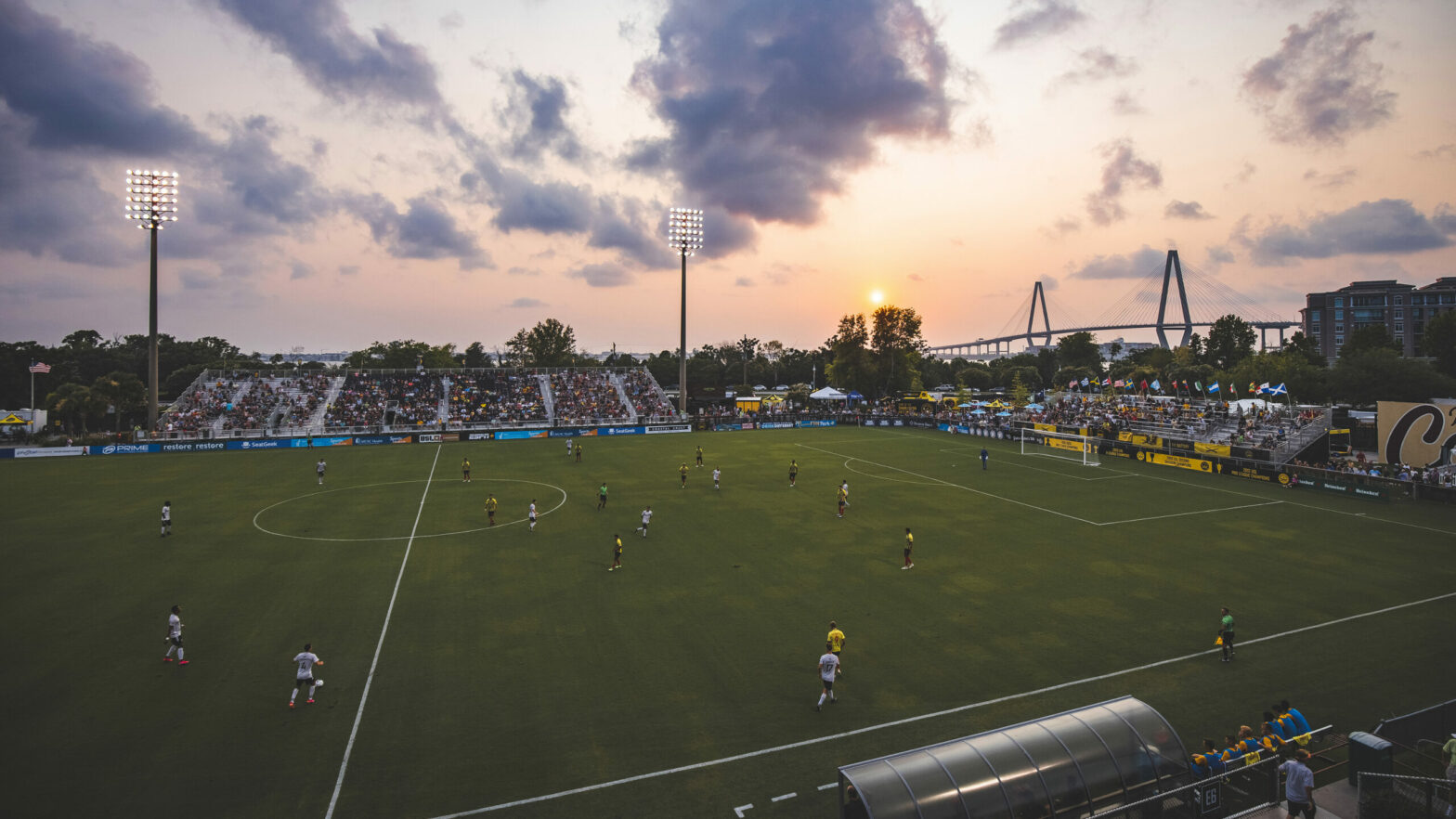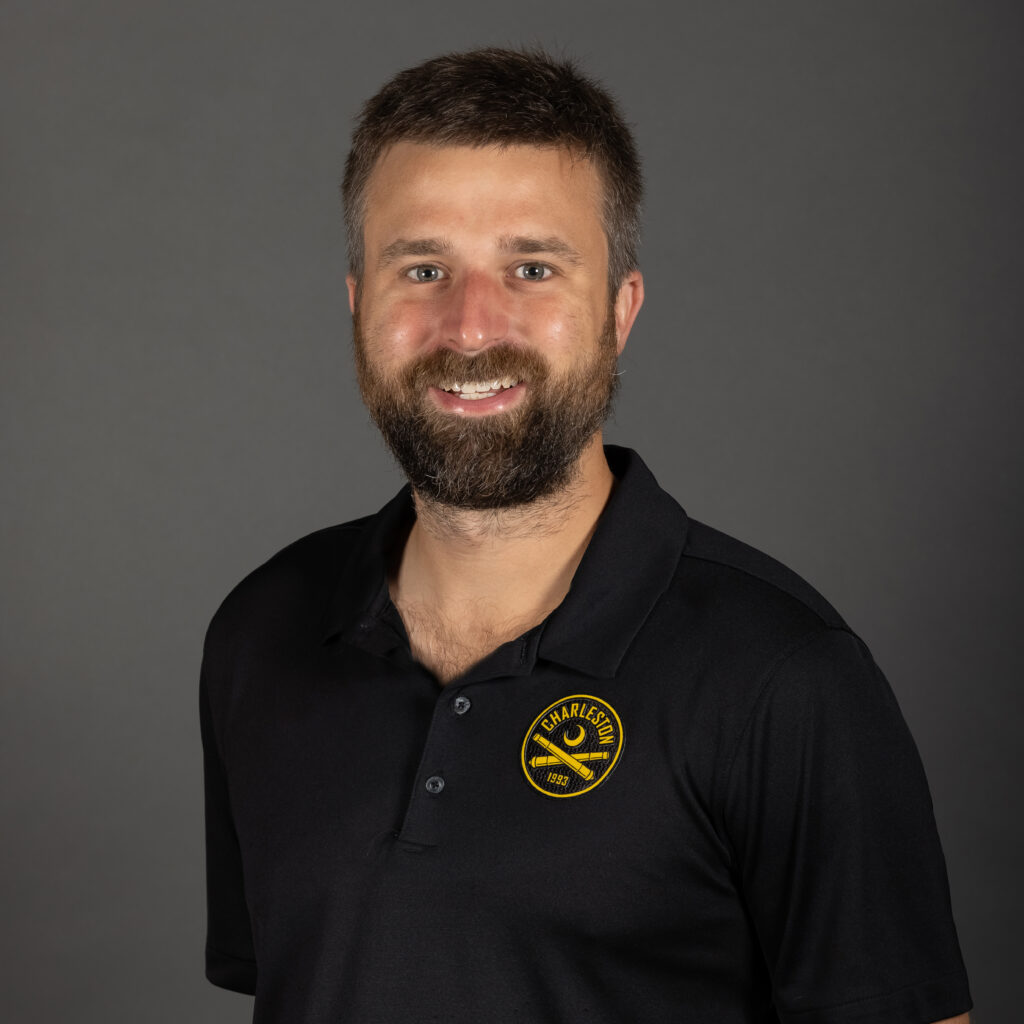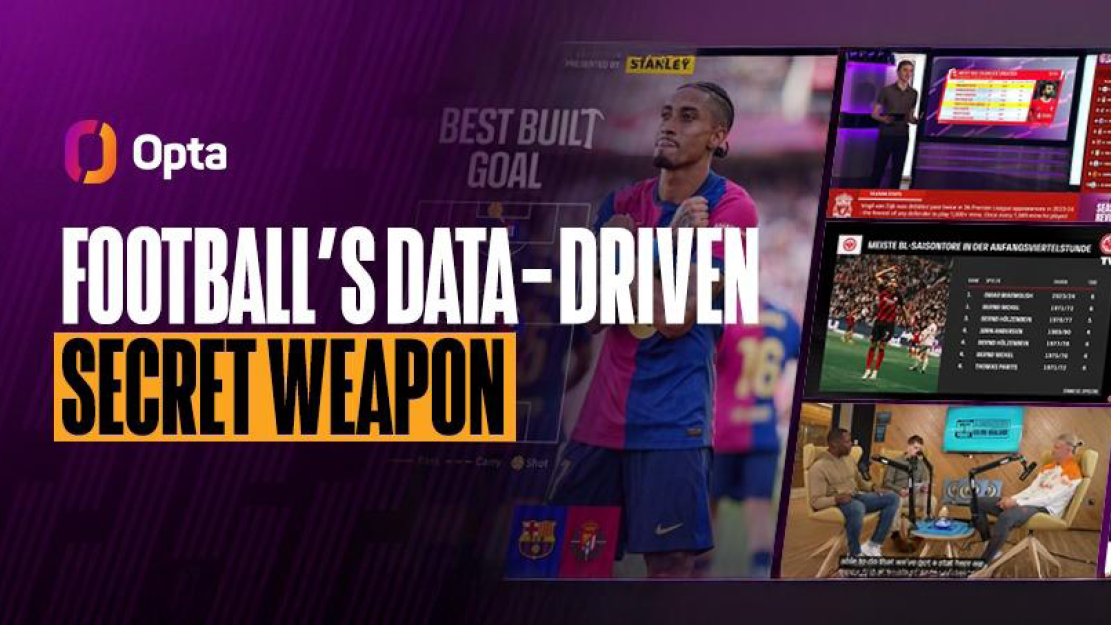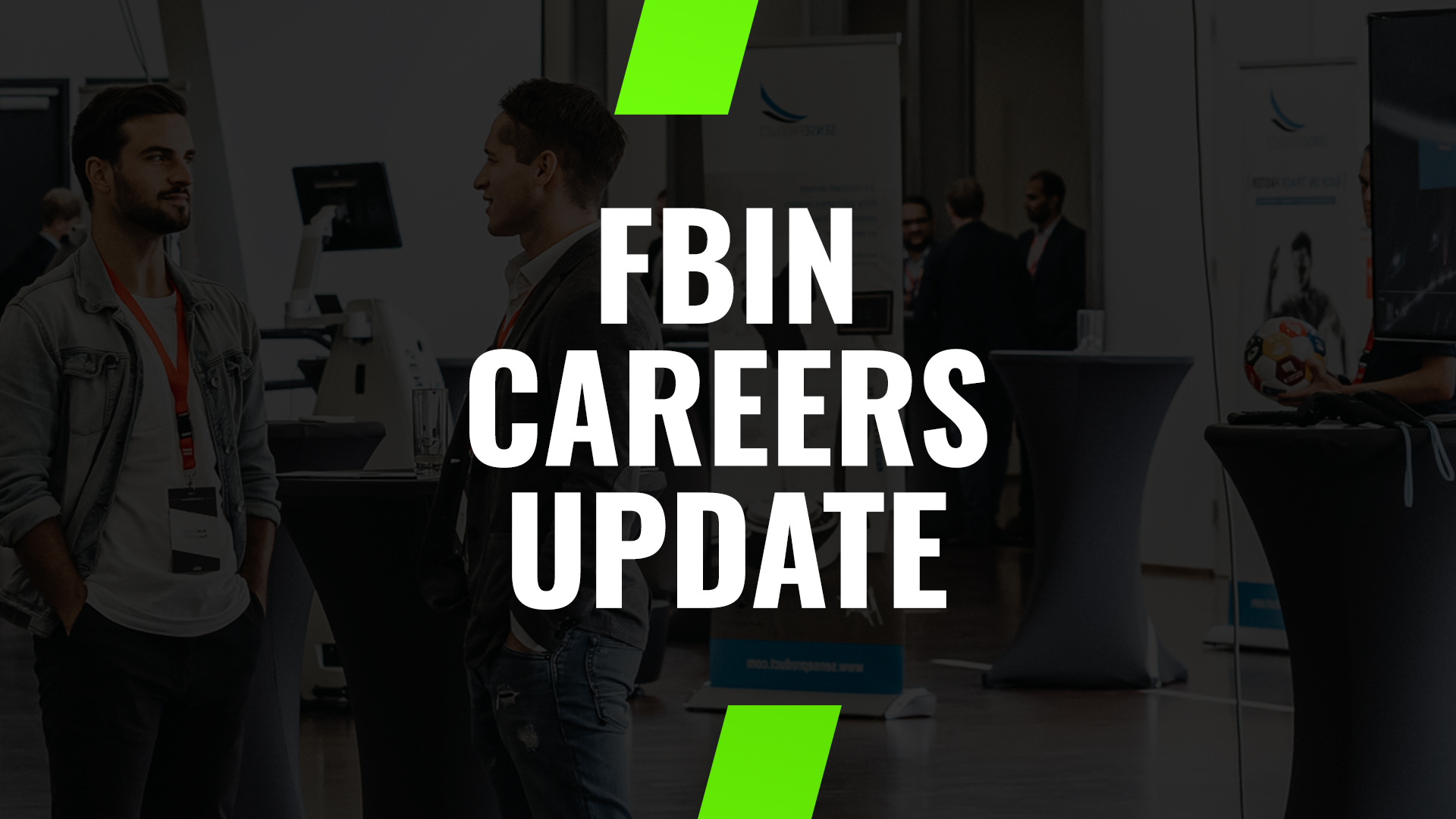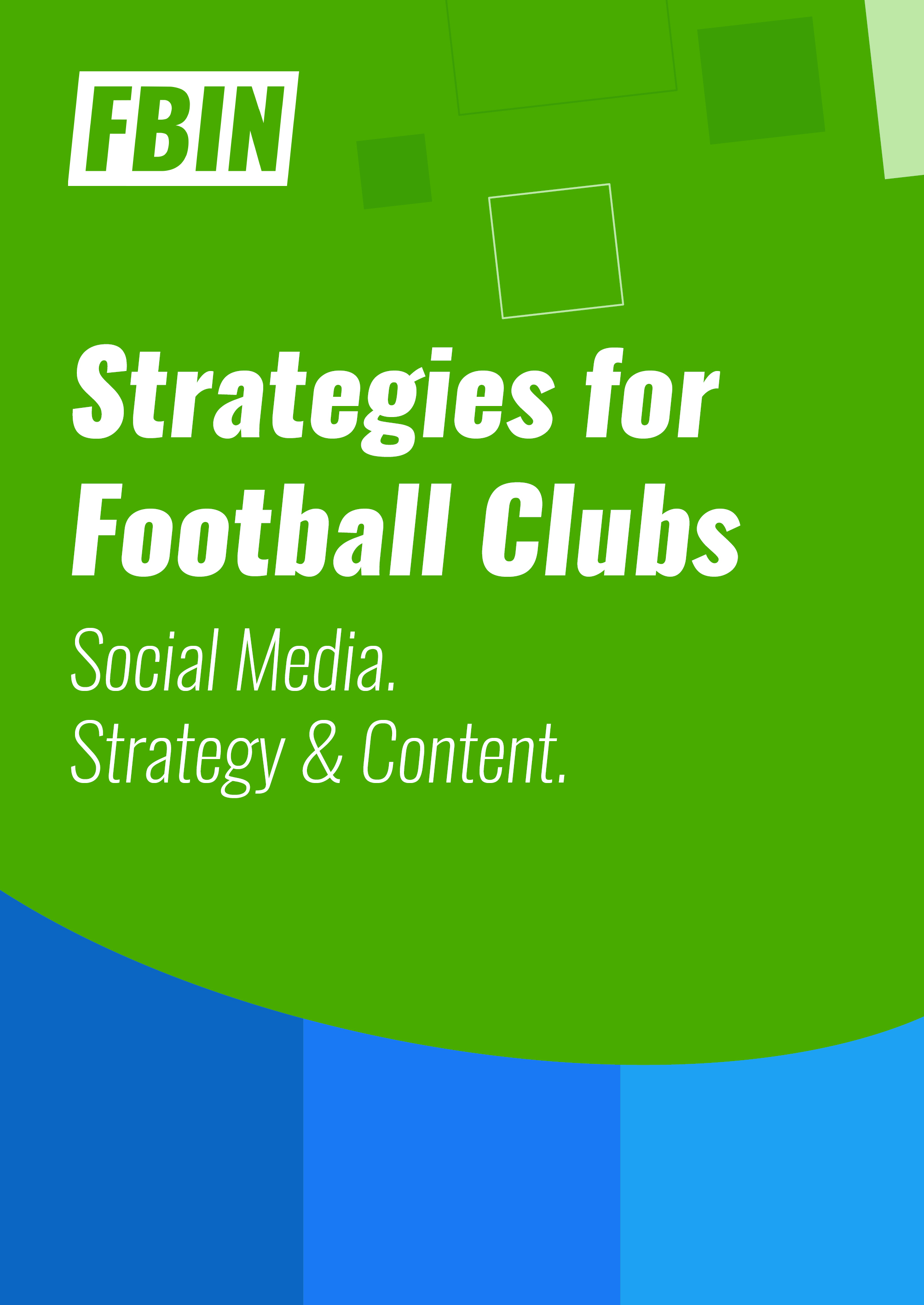In this article, FBIN spoke to the COO, Mike Kelleher, and President, Business Operations, Scott Krenitski, of Charleston Battery – one of the longest-operating professional football clubs in the United States.
Founded in 1993, Charleston Battery is a fairly young soccer club (or at least from a European perspective). Could you tell us a brief story about the club?
Mike: I’m glad you mentioned that from a “European perspective” because we are the longest consecutive operating clubs in America. We’re looking forward to our 30th season coming up. In 1993, the club was formed originally by a local philanthropist and entrepreneur from London – Tony Bakker. So it is three years older than Major League Soccer, which began in 1996, and before the World Cup was held here in 1994. We also built one of the first soccer-specific stadiums in this country, which was the old Blackbaud Stadium (now known as the MUSC Stadium), where we played there for 20 years. That was, in fact, ahead of its time. In recent years, we’ve seen some magnificent stadiums built in this country, in the Major League Soccer (MLS) and the United Soccer League (USL), but Tony and his group at Charleston Battery were the pioneers of it. So we’re very proud of our history. We know we weren’t formed in the 1800s or the early 1900s, but we’re very proud of being a historical club in America.
What is the club’s current most important revenue stream at the moment?
Scott: The USL Championship is still very much a “gate-driven revenue” league, in my opinion. Every match we play is on ESPN+, and this number has grown exponentially over time. However, unlike in the English Premier League, this is far from enough for the team to solely rely on. As a result, it is crucial to maximize attendance at the stadium. Once people are in the stadium, they will purchase merchandise, food and beverage, and those sorts of things. Thus, in my view, the most crucial income stream stems directly from the stadium’s excellent attendance. Following that, partnership and sponsorship will occur.
Could you tell us more about your digital ticket platform provided by SeatGeek?
Scott: I followed SeatGeek pretty closely when Manchester City came over to them. Here in the US, the Dallas Cowboys, which is probably the most successful NFL club from a revenue standpoint, also teamed up with them. Then two pretty successful clubs in our league – Louisville City and the Colorado Switchbacks made the same decision. So we were the third team to move over to that platform. I am impressed with their seamless consumer experience, and their mobile app is fantastic. It is effortless to click to purchase. Another nice thing is that we can also integrate our own Charleston Battery mobile app into the platform. Hence, we moved to mobile-only for ticketing and eliminated paper tickets since we’ve seen many teams do so. The first two or three games were difficult as people were figuring out how to access their tickets, but now everything is pretty seamless. So we are delighted with this multi-year partnership and will be with them for years to come. Another reason we went with SeatGeek is that they’re continually iterating and bringing new things to the table.
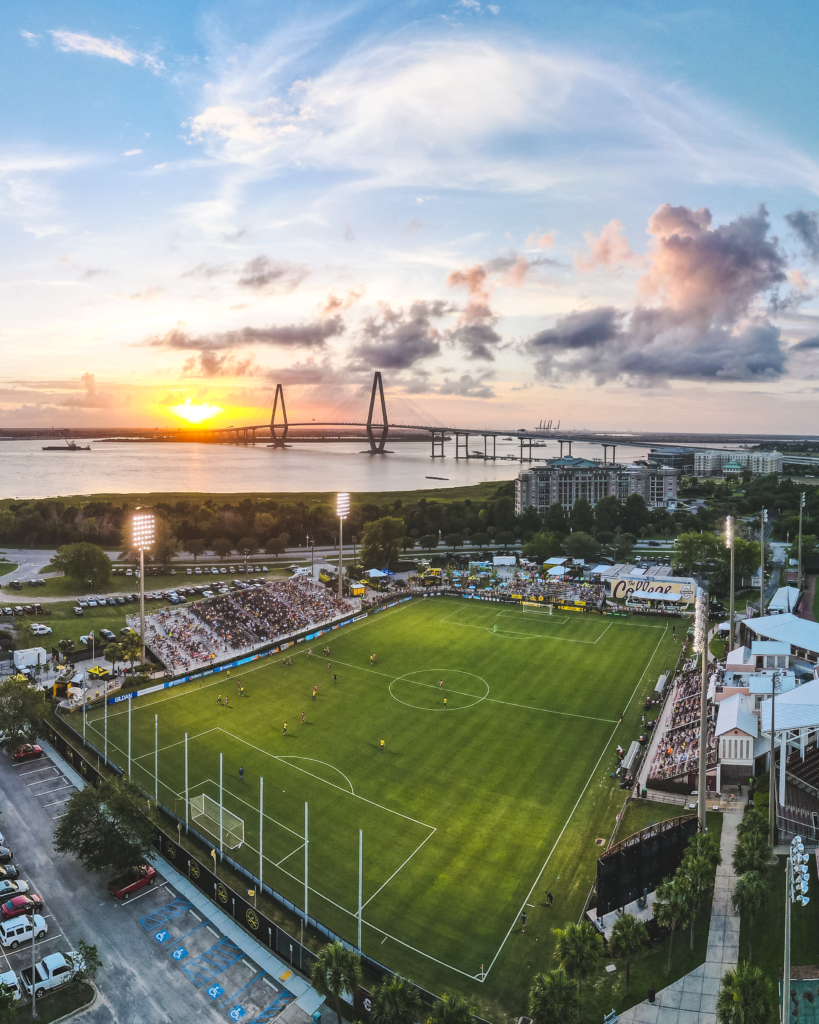
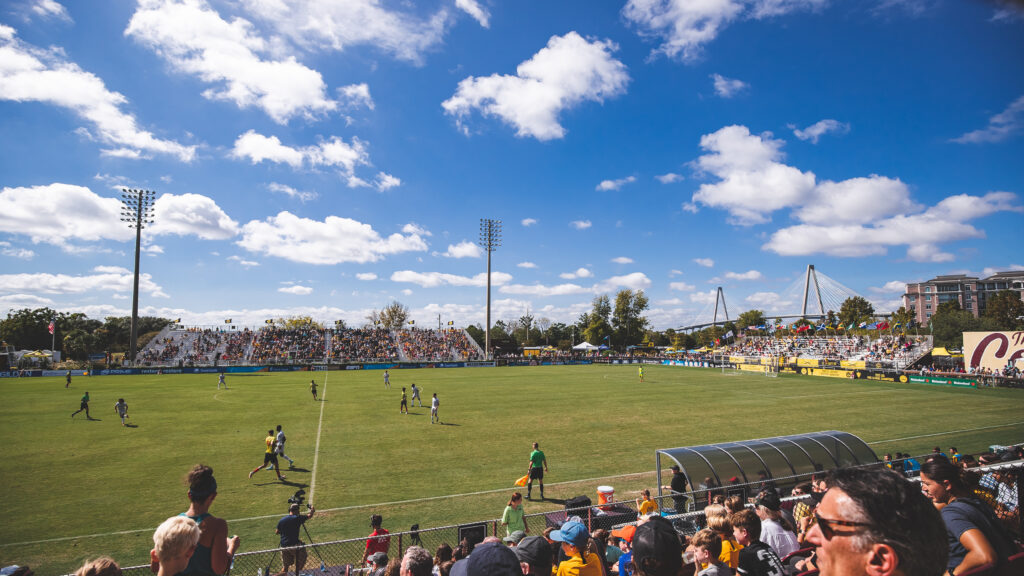
What is your partnership strategy? Who are your key sponsors at the moment?
Scott: I divided it into three categories: local, regional, and national. Naturally, there are national brands that have a global presence. And for us, it’s a really healthy mix. We are always willing to collaborate with local businesses. I’ll discuss this more in terms of food and beverage, but we want to create a club that is uniquely Charleston, and a big part of that is having sponsors and partners in the city. A good example is Prime Structured Cabling, a female-owned business right here in Charleston. Another local one is Rusty Bull Brewing – a local craft brewery with a strong focus on the Charleston market. On the national sphere, we’ve got brands like Bud Light and Heineken.
In the last year or two, we’ve seen a significant increase in national sponsorship interest due to three main things. First, I feel Charleston is one of the nation’s fastest-growing markets right now. Businesses that previously thought it was not big enough to invest in, are starting to reconsider. Second, we’ve been able to differentiate ourselves from a digital perspective in terms of the content that we’re creating. Finally, we have more fans who come to our games which attracts a more diverse group of sponsors.
I noticed the club offers a designated matchday food and beverage menu as well as matchday entertainment? Could you tell us more?
Scott: Anyone who has been to Charleston knows it is a foodie city. Visitors from all over come to dine in Charleston. After the stadium renovation, a pavilion area with food and beverage vendors and a stage for local music was built. We want a stadium unique to this city, so for the food, we partnered with local businesses to provide a more elevated offering. We have devoted F&B partners that take great care of the community and the food they provide. Home Team BBQ is a big and beloved one who brings fantastic wings and pulled pork sandwiches. Coastal Crust – a wood-fired pizza shop whose owner used to play for the club. Co-Op – one of our major partners, create the frozen Frosé which is loved by the locals here. We also have a great emerging music scene and concerts make it a tremendous experience for fans. This is the driving factor to get people in the stadium, even if they are not familiar with soccer. For us, if you create a great experience for fans and build those long-term relationships with local partners, the revenue will follow eventually.
When mentioned about US Soccer, most people will think about the MLS. What are the key differences between the USL, the MLS, and other leagues worldwide?
Mike: The biggest differences between the MLS and USL are the market size and franchise investment. Charleston is a small city; thus, our chances of gaining an MLS franchise are close to zero, but at the same time, we also lack the necessary infrastructure to fulfill the requirements. I believe the MLS requested the newly-jointed Charlotte FC for roughly $350 million franchise investment. Also, the MLS is somewhat centralized, and even though more money is now going to the clubs, a noticeable portion still goes to the MLS. On top of that, you need a stadium with a minimum of 20 to 25,000 seats.
The most considerable distinction between us and Europe or other leagues worldwide is that we have no promotion or relegation. It means that regardless of how good we are on the pitch, we will never earn our way into the MLS in a sporting sense. However, the USL has a bit more autonomy. We have contracts with our players, and every player we sign can be sold with the profits benefiting Charleston Battery.
Another difference is the draft system. Recently, Charlotte FC took part in an “expansion draft”, as I understand it every club in MLS can protect 12 players, while all of their other players can be available to Charlotte. So imagine that Liverpool can only protect 12 of their players, then the promoted teams from the Championship, for example, Norwich City can come and take one of the others. At USL, our structure is more akin to the classic European and global structure of a self-funded club, we live and die by what we bring in. Meanwhile, the MLS focuses more on the traditional American Major League sport, a hybrid of both major league and worldwide global soccer.
I noticed you have been fostering relationships with other clubs outside the US (i.e., Venezia or Hibernian FC). What are the ultimate goals of these partnerships?
Mike: I’ll go back to five years ago when I started with Charleston. We had a good team, but four or five players went to MLS. We never got a penny for it. It was mostly due to their short-term contracts which are traditionally eight or nine months in the USL. Any lower league team elsewhere in the world could sell their players as an additional revenue stream. So we looked at forming relationships overseas with people we know and on the ownership level. If you’re dealing with the owner of a football club, doors are open far easier. Then on the player front, we can create opportunities for players on both sides. For example, we can send one of our talented youngsters to Hibernian FC and the other way around. More importantly, we can exchange know-how and best practices such as football operations, player transfer, staff support, commercial activities, etc. Plus, we are not their threats since we’re not in the same league or competition.
In your opinion, what are the differences in running a soccer club in America compared to Europe or the rest of the world?
Mike: The biggest difference is promotion and relegation. I worked at the Premier League for five years before moving to America and if the Premier League clubs got relegated, it can be Armageddon for them. We certainly do not have that, which means we have the foresight of planning. If you had $400 million to invest in a Premier League or Major League Soccer club, where would you invest it? Better ROI was on the Major League Soccer club since there is no relegation. I’m not suggesting it’s the ideal course of action, at least not from a sporting perspective. However, from a business standpoint, it provides some stability. Second, the transfer market was years behind, but that is starting to change. Our league’s clubs are currently selling players to Europe, but we’re not seeing many sold to MLS. The number is still far from what a championship club can get from selling players into the Premier League or, more realistically, La Liga’s second division to La Liga. We still don’t see the numbers we expect. Third, the youth development system in this country is still the majority of pay-to-play. The MLS has a go at changing that, but youth development investment is not enough. If young players are coming out, people might think they are from a middle to upper-class. And that’s a big difference. Where do the best players usually come from? They’re usually not from the middle to upper classes traditionally worldwide.
Scott: Compared to Europe, the US is a young country, yet soccer is booming right now. Ten or fifteen years ago, you couldn’t find 200 Americans watching an English Premier League game at a bar in a big US city. And also you couldn’t watch all the English Premier League games as they weren’t on TV and now we are looking at NBC Sports and their massive contracts. So the interest in the sport has grown exponentially and that’s also translated to the MLS and USL. So it’s an exciting time to be in US Soccer. It’s an exciting moment to be in the USL since we’re a rising league. Everyone says “Oh, soccer is finally taking off,” but I believe it’s already arrived. It’s not something that’s happening in the future. It’s happening right now. And there’s really no better place to be.

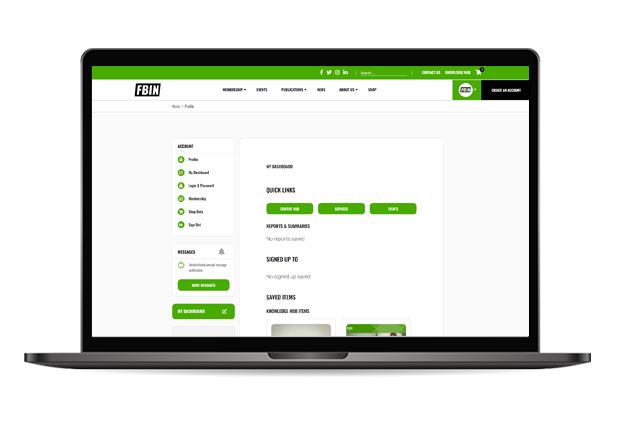
 Upgrade to Premium Now
Upgrade to Premium Now
